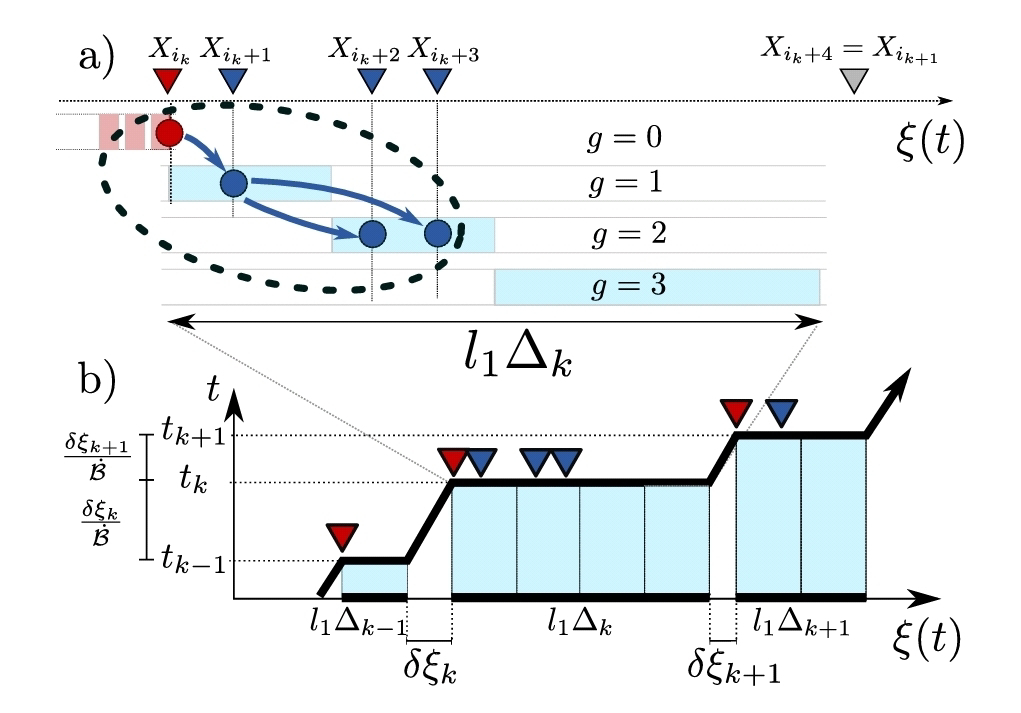Fig. B.12: Ex. with 4 interact. vortex pairs
AA << have analyzed interactions between two and three coaxial vortex pairs, classifying their dynamics as either ordered or chaotic based on strengths, initial sizes, and initial horizontal separations. >>️
They << found that periodic cases are scattered among chaotic ones across different initial configurations. Quasi-periodic leapfrogging typically occurs when the initial distances between the vortex pairs are small and cannot coexist with vortex-pair overtake. When the initial configuration splits into two interacting vortex pairs and a single propagating vortex pair, the two interacting pairs consistently exhibit periodic leapfrogging. For the smallest initial horizontal separations, the system predominantly exhibits chaotic or quasi-periodic motions rather than periodic leapfrogging with a single frequency. This behavior is due to the strong coupling between all three vortex pairs. When the pairs are in close proximity, more complex and chaotic dynamics emerge instead of periodic motion. >>
Their << findings indicate that quasi-periodic leapfrogging and chaotic interactions generally occur when the three vortex pairs have similar strengths and initial sizes. Conversely, discrepancies in these parameters cause the system to disintegrate into two subsystems: a single propagating vortex pair and two periodically leapfrogging pairs. >>️
️
Christiana Mavroyiakoumou, Wenzheng Shi. Order and Chaos in Systems of Coaxial Vortex Pairs. arXiv: 2502.07002v1 [physics.flu-dyn]. Feb 10, 2025. ️
Also: chaos, vortex, order, disorder, disorder & fluctuations, in https://www.inkgmr.net/kwrds.html
Keywords: gst, chaos, vortex, order, disorder, disorder & fluctuations




